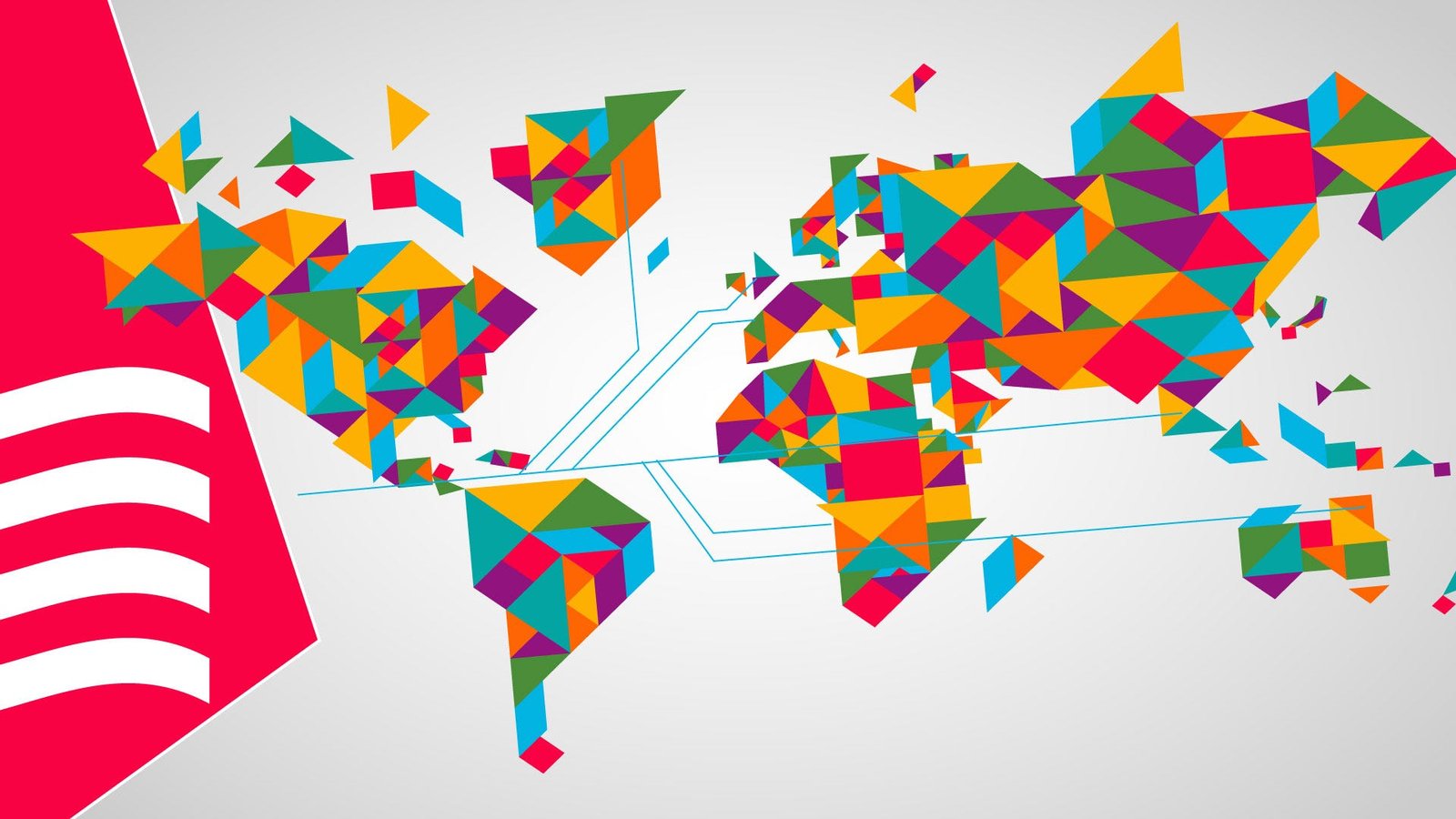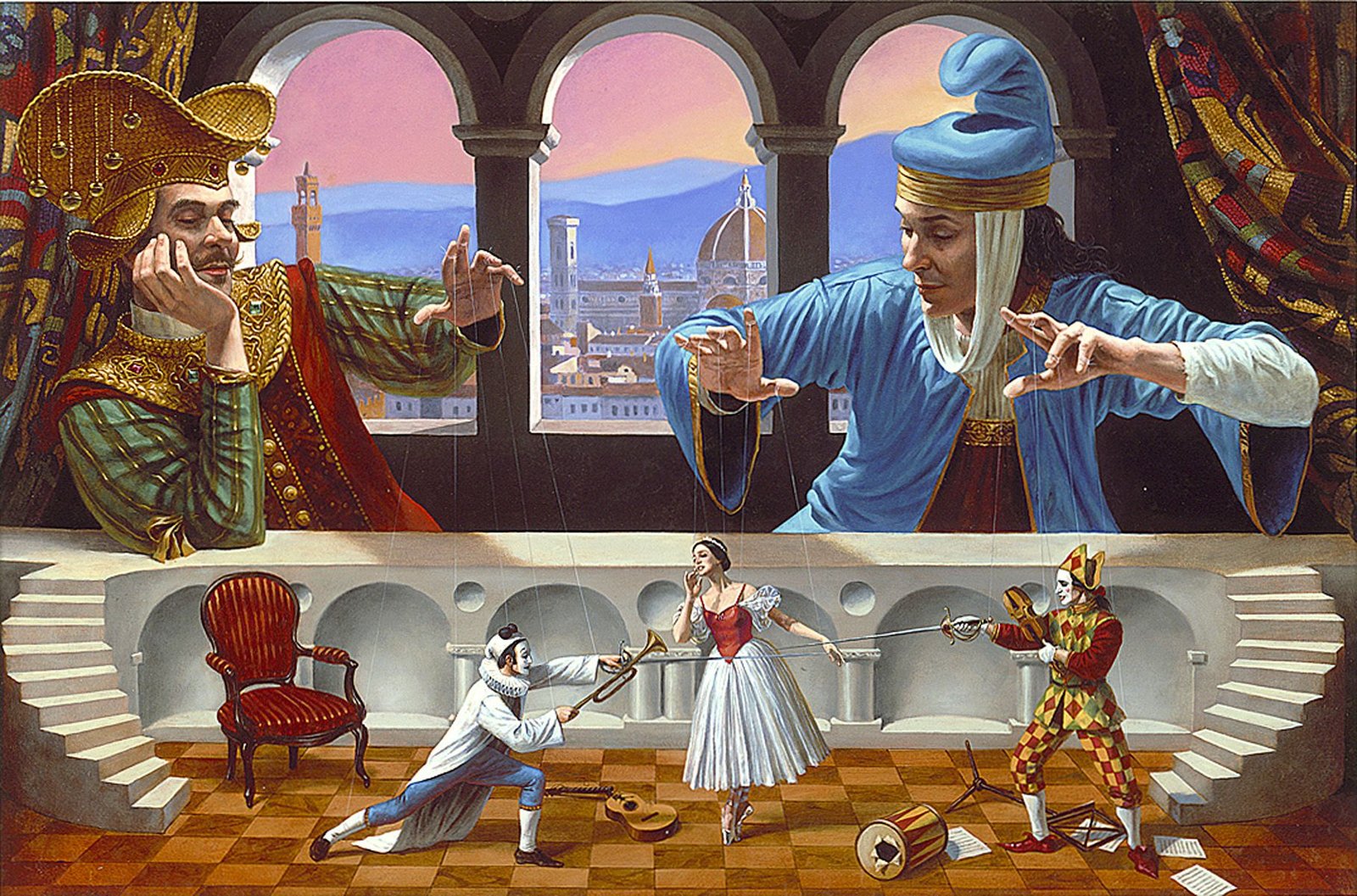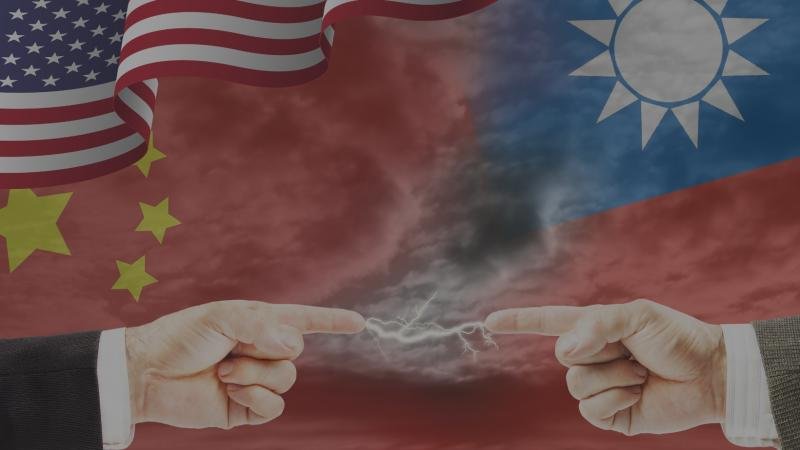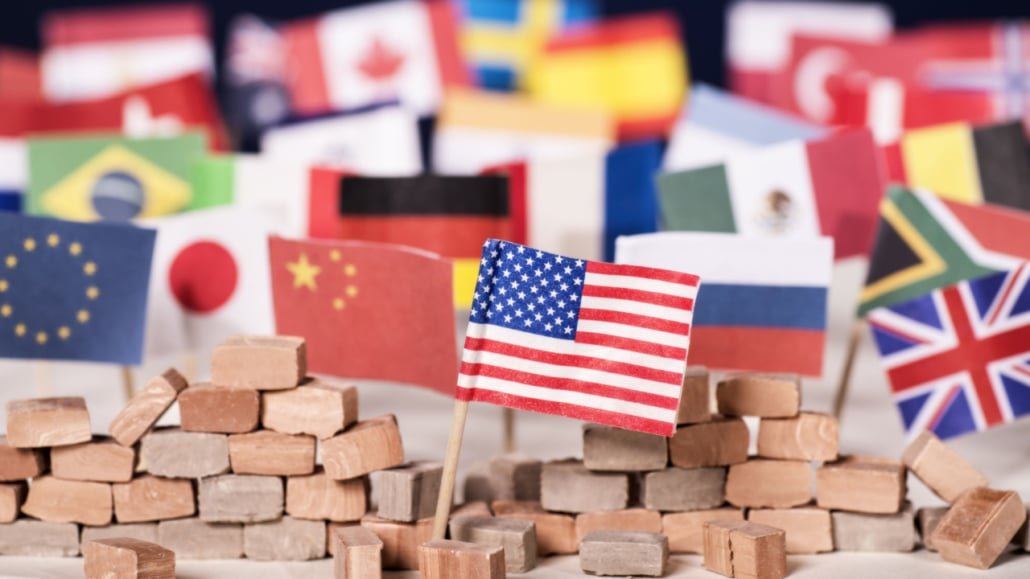Foreign Policy and Diplomacy Even in an age of global interconnection, the importance of foreign policy and the art of diplomacy remain paramount.
Asst. Prof Argrnt Participant Nations, with their national interests at stake, play chess on the board of bilateral and international relations with a view to maneuvering unilateral and multilateral cards to avoid any unwanted contingency.
We browse through a drop of the ocean of mankind’s intricate dynamics of global strategy with one of the base principles of foreign policy and the emulative art of diplomacy.
Roots of Foreign Policy

An important aspect of it is the foreign policy or the way a country interacts with other countries and international institutions. It is influenced by a complex history, varied geopolitical exigencies, divergent economic objectives and conflicting cultural perspectives.
Foreign policy, after all, is about defending the national interest, growing the economy, supporting allies, and advancing the values, priorities, and interests of the nation internationally. The nexus must be defined in terms of the national interests and objectives of a country.
1: National Interests and Objectives
Every country has a foreign policy centered on its national interests, which vary from economic growth to energy security, regional stability and human rights promotion. These interests concern the creation of policies and the perception in strategic partners.
2: Geopolitical Considerations
Foreign policy is a function of geography. Countries that share borders also take these factors into account, along with considerations such as regional alliances and what critical raw materials the nation has to trade in their foreign policy strategies.
3: Historical Context
Long-term relationships and decades-old conflicts play a major role in relations and diplomacy. The psychological differences rooted in long standing alliances as well as historical animosities define the perceptions and interactions at the state level.
4: Economic Factors
Trade relations, market access and the acquisition of economic resources are major determinants of foreign policy. The goal of economic diplomacy is to foster the conditions conducive to the nation’s economic prosperity through the support of national and global market liberalisation agendas, as well as the facilitation of investment, export opportunities, or firm competitiveness.
As a result, we may see these stories of the effect of the Russian Empire and Soviet Union being largely homogenized along certain cultural and ideological lines.
5: Cultural and Ideological Influences
Foreign policy is also affected by cultural ties and ideological beliefs. This is normal: All countries, in the pursuit of policies that reflect their own cultural values and ideological principles (such as democracy, human rights, or economic liberalism), preach about how others should behave.
The Art of Diplomacy

Diplomacy is the art of managing relationships between countries. This is the primary way that foreign policy is carried out. Successful diplomacy is about knowing international law, empathy, and the ability to negotiate.
1: Bilateral and Multilateral Diplomacy
Diplomatic interaction can be bilateral, meaning countries’ interactions with other countries, or it can be multilateral, with countries working to inform others within foreign organizations such as the United Nations or regional organizations such as the European Union.
2: Negotiation and Mediation
Diplomats frequently serve as go-betweens and ombudsmen, working to end clashes, draft agreements, and garner consensus. Diplomacy is about forging consensus, and creating favorable outcomes for all parties involved.
3: Public Diplomacy
Public diplomacy goes beyond traditional diplomacy and covers not only foreign diplomatic and consular affairs but also requires the engagement of foreign publics to shape their perceptions, and build positive relationships. This may be accomplished through cultural exchanges, educational programs, or strategic communication campaigns.
4: Track Two Diplomacy
Track Two diplomacy consists of informal dialogue between non-state actors and advances new strategies, norms, and frameworks that the governments themselves are unprepared and unable to develop on their own. When this is done, it can serve to supplement traditional, official diplomacy by creating additional forums of communication and confidence-building.
5: Crisis Diplomacy
When a crisis unfolds, there are some fundamentals that underpin diplomacy as a means to deescalate, resolve conflict and mitigate the impact on people. Diplomacy of crisis is the rapid work of negotiating to prevent or respond to conflicts, both military confrontations, economic sanctions, and humanitarian emergencies.
The Interplay of Foreign Policy and Diplomacy

Foreign policy and diplomacy go hand in hand. Foreign policy is the overall strategic framework designed to regulate the behaviour of states through diplomacy, which is one of its main tools.
1: Policy Formation and Implementation
Foreign policy is devised by national leaders and diplomats and canstem from hundreds of global inputs. Diplomacy is the process through which policy is implemented when agreed or negotiated.
2: International relations
A game of cat and mouse to adjust foreign policy In this context, diplomats offer feedback and possibly change strategies according to shifts on the global scene.
3: Soft Power and Hard Power
Diplomacy therefore plays both a soft power and a hard power role. Soft power is the capability to attract and co-opt, as opposed to using coercion (hard power) with the threat of force.
4: Building Alliances and Multilateral Engagements
You cannot make or maintain alliances without diplomacy. Direct action through the medium of the international institutions of multilateral diplomacy allows nations to address issues ranging from climate change to global security threats.
5: Preventing and resolving conflict
Diplomacy is an essential instrument for the prevention and resolution of conflicts. Using diplomacy, negotiation and mediation, diplomats help to address the underlying drivers of conflict and establish sustainable peace and prosperity.
Summary

Foreign policy and diplomacy are two sides of the same coin, mutually reinforcing and shaping one another in the intricate dance of global strategy. The study of foreign policy dynamics facilitates the analysis of a state’s strategic priorities and the goals that it needs to achieve by practicing diplomacy.
With an increasing shift towards understanding and evolving geopolitics and substantive political challenges across the globe, the oscillation between foreign policy and diplomacy continues to remain a central tenet in managing international relationships and global cooperation.